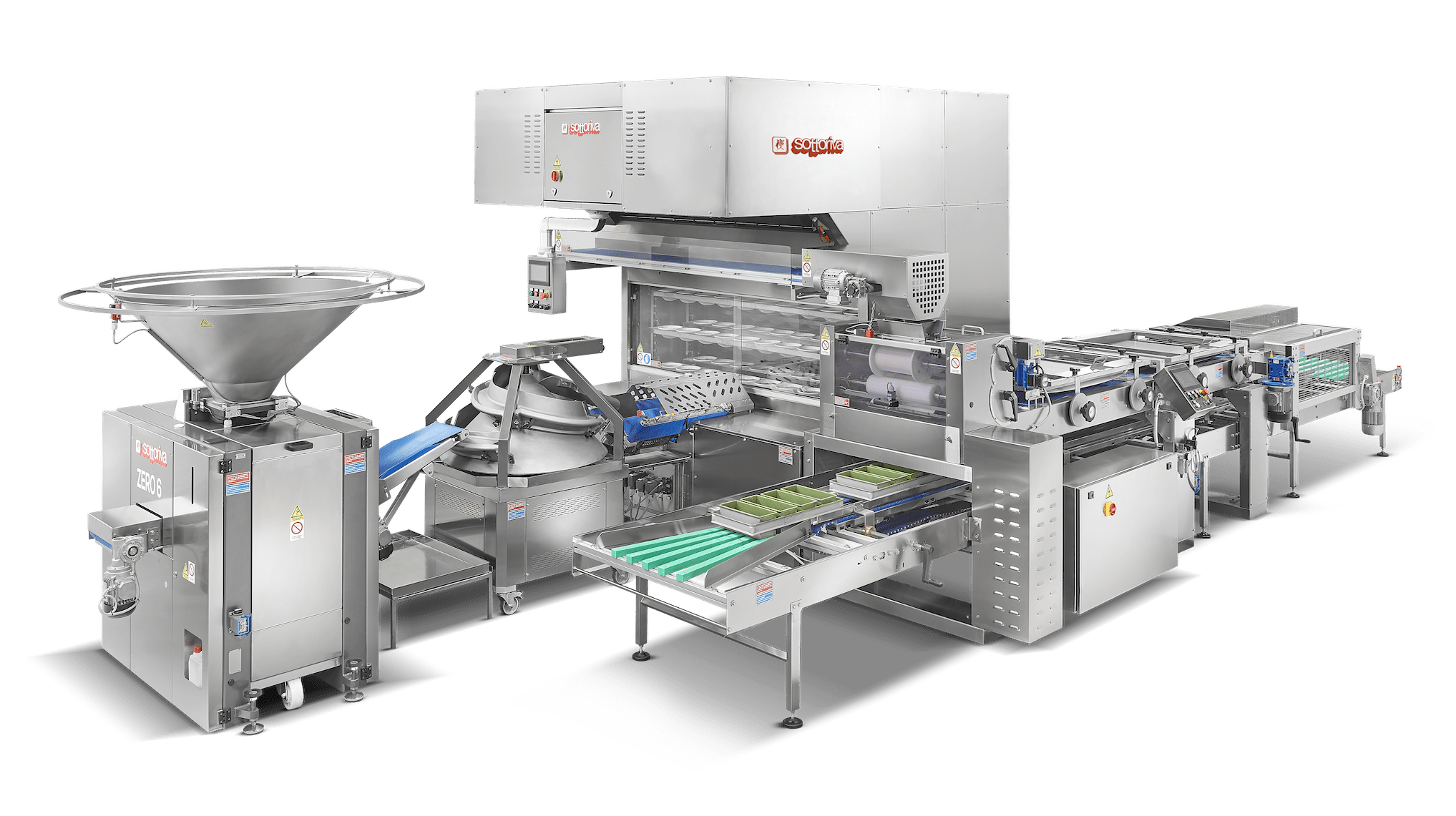
A resource that has never been quite as scarce as it is this year, water is the primary ingredient of the beverages and liquid food industry. Its correct management, aimed at reducing the water footprint, will be an essential concern of future company decisions
Water is a fundamental ingredient in the production of beverages and liquid foods, as well as an essential element of all production process. In fact, it is also vital for cleaning and sterilizing production equipment and systems, and an irreplaceable resource in HVAC systems.
Besides, more and more attention is being focused worldwide on the management of wastewater before its disposal, while the restrictions on water pollution are becoming increasingly draconian.
It goes without saying that the beverages and liquid foods industry is implementing strict water management policies, with the intent to reduce its consumption as a raw material in production processes, to limit its use and facilitate its reutilization, thanks to the application of the most avant-garde technologies.
An inevitable change of direction
We have all experienced the serious issues caused by water shortages last summer. A more careful and accurate management of this resource has therefore become impellent: in fact, we talk of a responsible use of water when referring to it as a product or as an element in industrial processes.
This is even more true if we consider that the beverages and liquid food industry is far from being a virtuous example of water management: according to eminent representatives of our industry, we could reduce our footprint drastically, by as much as 60%, if we just adopted a series of simple measures.
Seen as water represents 30% of the average utility costs of food and beverage processing firms, the economic impact could be just as significant as the impact on our sustainability goals.
An “economic” use of water
In which phases of the production process is it possible to achieve a significant saving of water? In reality, there are many of them and they can all make a great difference.
For instance, let’s consider product changes. These are frequent and involve a rinsing or cleansing phase between one type of production and another. A considerable amount of water is used in such cases.

Or, to quote another example, the contamination of containers or production lines: producers schedule cleaning activities based on the highest level of contamination, perfectly aware that, in practice, this scenario is often disregarded.
Finally, water reutilization also deserves a mention: in most cases, the water used in production must be disposed of, and is therefore “wasted”, rather than reutilized.
In fact, there are numerous solutions for reducing water consumption and they regard the afore-mentioned situations, as well as others that arise during production.
Water management software
Once again, technology comes to our aid. For the purpose of optimizing water usage, software solutions are available for assessing consumption 24 hours a day/ 365 days a year. Consumption peaks are highlighted and may be analyzed with precision. This enables production managers and their teams to define realistic sustainability goals and improve production efficiency, while also identifying possible areas and measures for improvement.
With regard to systems for the treatment of wastewater, there are various possible approaches, depending on the quality of the water and its intended use.
Water treatment phases in the beverages and liquid foods industry are widely known: biological, biophysical and membrane processes are essential elements for consideration in the case of organic residue, muds, micro-organisms or non-biodegradable substances.
All such activities are recommendable because the reduction of water or wastewater treatments enables a further improvement in economic and environmental terms.
Cleaning with the aid of “smart helpers”
Adaptive solutions are currently being studied and developed for the cleaning phase of the production process.
Thanks to highly sensitive sensors, it is possible to detect the level of contamination in the containers and calculate the most appropriate cleaning time.
This technology is based on Machine Learning, or automatic learning, and on the evaluation of cleaning tools and the time required to complete the process efficiently, according to the contamination models previously acquired.
The system combines sensors and high precision UV LED elements, highly efficient 360° mini-video cameras of robust construction and temperature-resistant, which can inspect any position in the tank.
By working in a context of ongoing self-optimization, the system enables optimal and calibrated performances before going on to redefine consumption levels in a particularly costly phase of the process.
A final and very important aspect concerns the reutilization of water, an ambit in which companies are investing considerable resources and thanks to which it will be possible to reduce their water footprint.
In view of this new vision, it is important for society to accept the use of recycled water with yet more conviction and for the public to understand the strong link between cost and value of water. There is a great need for enhanced awareness and specifically targeted institutional intervention.






